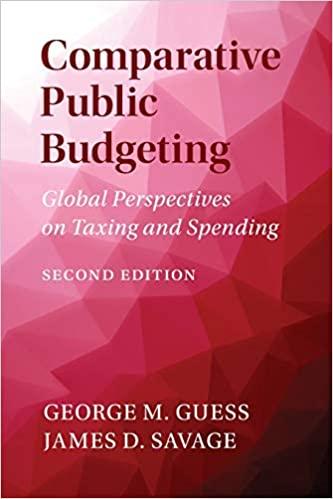starting as a timber only merchant it expanded to include steel. Sales peaked in 2011 and have been in steady decline since then. The owner, John Davidson is concerned about the viability of the business moving forward, if the trend were to continue. One option to save the business involves and investment in a large timber finisher, a piece of machinery that would deliver capacity for increased output and reduce maintenance. The investment is substantial and Davidson wants to conduct a net present value (NPV) analysis to assist in the decision of whether to but the new machine or maintain the existing one. 1. Using an NPV analysis, advise Davidson as to whether or not Magic should purchase the new Delta finishing machine. The company tax rate applicable to Magic is 30 percent. While Davidson has not calculated his own cost of capital, his colleague with a similar business about 200 kilometers away advises that his cost of capital is 11 percent. Please complete this question in a spreadsheet. This approach will be especially useful when answering question 3. 2. Are there other factors that have not been taken into account in the NPV analysis that might have an impact on your decision (i.e., quantitative and/or qualitative)? Identify these factors as bullet points, along with a few sentences to explain their relevance. Would any of these factors change your answer to question 1? Answer yes or no and include three or four sentences to explain your decision. 3. Conduct the following sensitivity analysis: - Change the discount rate to 12% - Change the Year 5 selling price of the Delta to $80,000 - Change the maintenance costs for the Delta: Year 1 costs are $1,000, increasing by $1,000 each year. - Change all of the above factors together. 4. Based on your answers to questions, 1,2 and 3, write a 500-word report to Davidson to present your recommendation. starting as a timber only merchant it expanded to include steel. Sales peaked in 2011 and have been in steady decline since then. The owner, John Davidson is concerned about the viability of the business moving forward, if the trend were to continue. One option to save the business involves and investment in a large timber finisher, a piece of machinery that would deliver capacity for increased output and reduce maintenance. The investment is substantial and Davidson wants to conduct a net present value (NPV) analysis to assist in the decision of whether to but the new machine or maintain the existing one. 1. Using an NPV analysis, advise Davidson as to whether or not Magic should purchase the new Delta finishing machine. The company tax rate applicable to Magic is 30 percent. While Davidson has not calculated his own cost of capital, his colleague with a similar business about 200 kilometers away advises that his cost of capital is 11 percent. Please complete this question in a spreadsheet. This approach will be especially useful when answering question 3. 2. Are there other factors that have not been taken into account in the NPV analysis that might have an impact on your decision (i.e., quantitative and/or qualitative)? Identify these factors as bullet points, along with a few sentences to explain their relevance. Would any of these factors change your answer to question 1? Answer yes or no and include three or four sentences to explain your decision. 3. Conduct the following sensitivity analysis: - Change the discount rate to 12% - Change the Year 5 selling price of the Delta to $80,000 - Change the maintenance costs for the Delta: Year 1 costs are $1,000, increasing by $1,000 each year. - Change all of the above factors together. 4. Based on your answers to questions, 1,2 and 3, write a 500-word report to Davidson to present your recommendation







